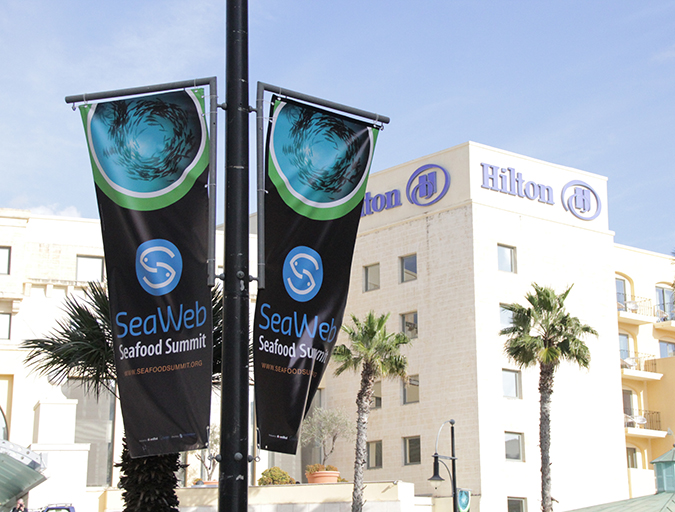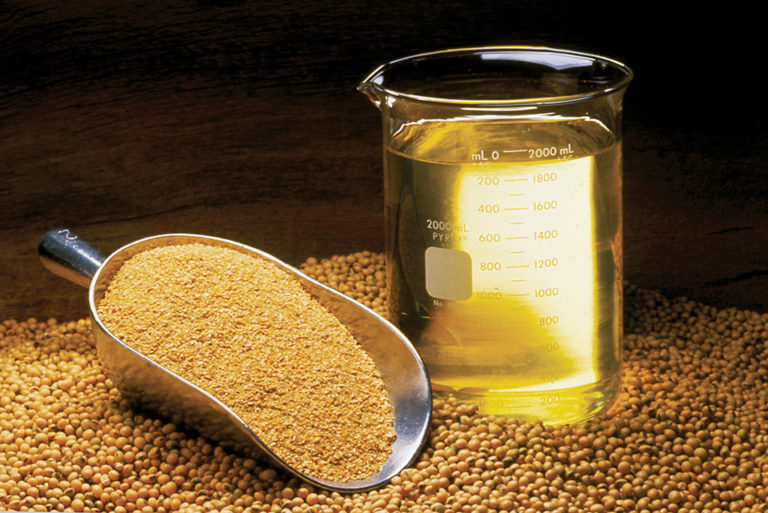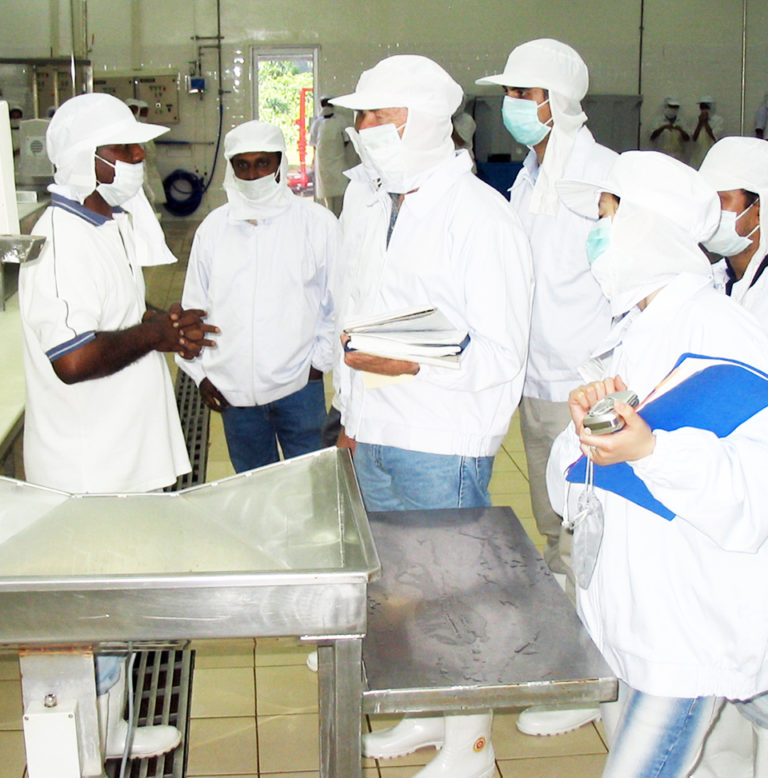
Intelligence
U.S. chefs lack seafood sustainability, aquaculture knowledge
A GAA-commissioned survey sought to determine the knowledge level of seafood sustainability and farmed seafood in the foodservice industry. The results suggest a need to engage professional chefs through the sources they trust: suppliers.









